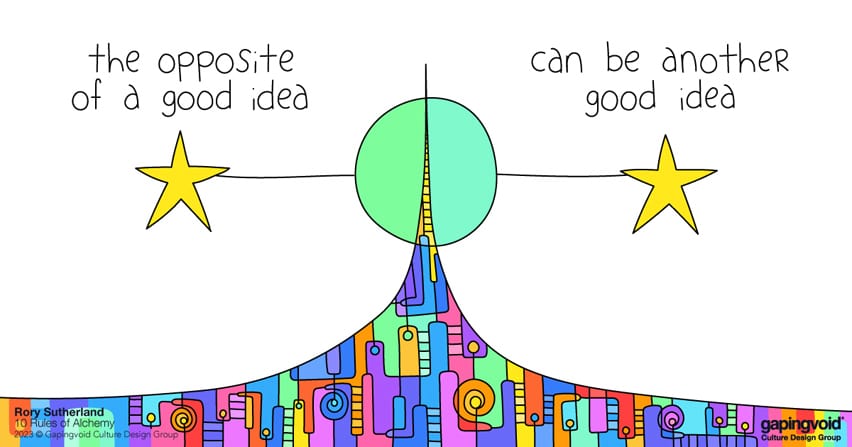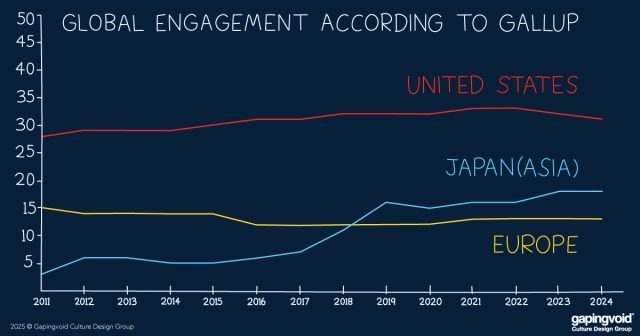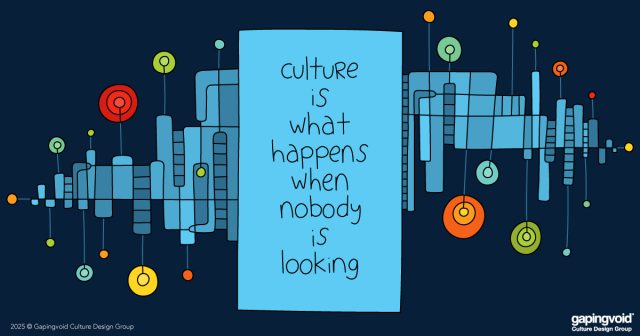
Remember Sweethearts, those popular heart-shaped fruit flavored candies that appear every year around Valentine’s Day, with those corny wee messages printed on the front of each individual candy, like “LUV U,” “CUTIE PIE” and “BE MINE”?
Have you ever wanted to know what they did with their rejects? You know, the individual candies that didn’t quite pass muster, because the printed messages on the candy were either too blurry or broken up to ship out?
Normally, one would just throw the rejects out- a shame, really, to waste so much product.
But then Spangler Candy, the owners of Sweethearts, had a brilliant idea. They took all the rejects and “turned their lemons into lemonade” by putting them all in what they called “Sweethearts Situationship Boxes.”
Get it? For those of you in “Situationships” that are a bit blurry, a bit ambiguous, a bit imperfect, here are some blurry, ambiguous, imperfect candies to give to your special situational someone on Valentine’s Day.
We love this idea. Very Zeitgeist-y. It’s what Brian Eno would call an “Oblique Strategy” – solving a problem by attacking it from an unconventional direction.
A) It saves money by reducing waste and
B) It creates a “Purple Cow,” Seth Godin’s term for something remarkable enough to get people telling their friends about it.
In our experience, it’s almost impossible to create these kinds of ideas in a conventional, process-driven, black and white business environment.
It requires open-mindedness to run with these types of ideas, when they suddenly appear out of nowhere. Ironically, it’s the fuzzy parts, the blurry ideas, and the things that are a bit ambiguous that end up being valuable.
Trouble is, it’s really hard to do in practice. The key is to shift context.
It reminds us of the mental model of inversion. The premise being the opposite of a good idea is often a good idea. It requires us to get out of the morass of the details and create the space to look at the problem’s moving parts to see what’s not there, and the possibility that the negative brings.
This is a key insight for Culture Design. Seeing the invisible drivers of behavior and nudging people into the blurry, ambiguous areas of ‘what could be.’ It is a knack that many great leaders have. Changing context and seeing what others don’t.



